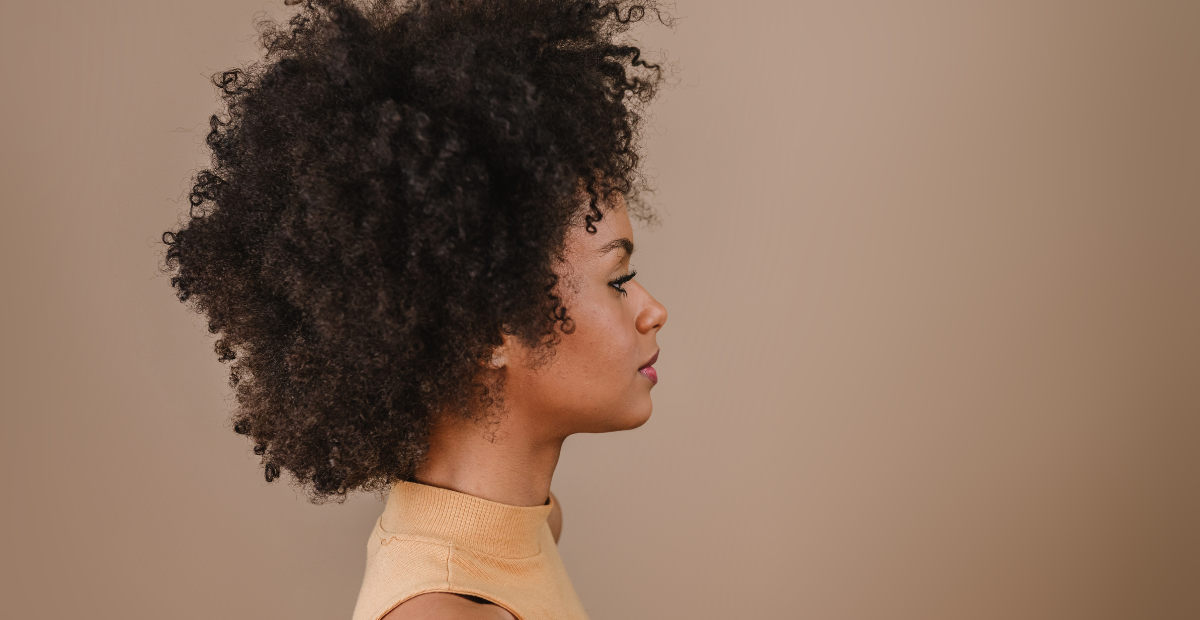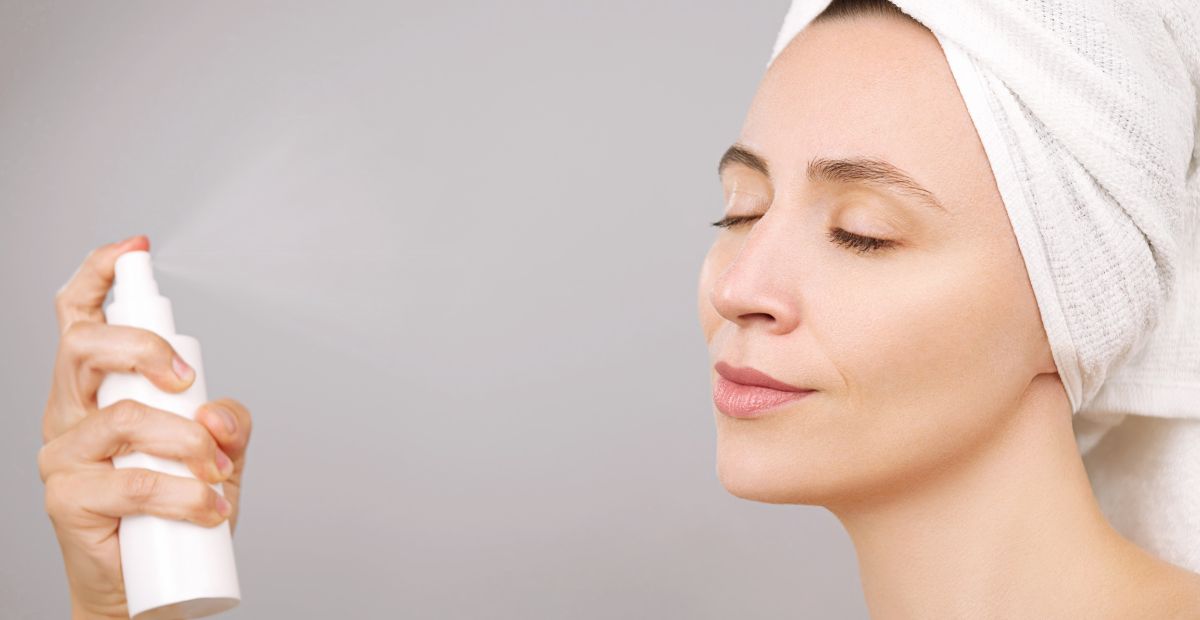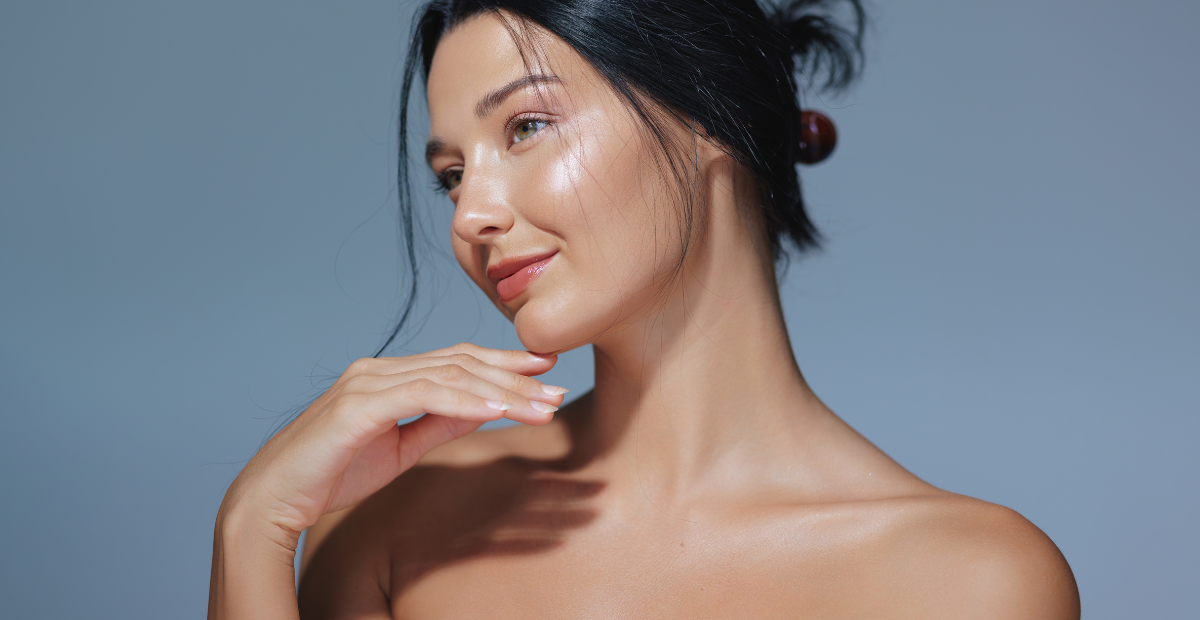Folliculitis After Waxing: The Anti-Bump Protocol
Onskin Content Team
Your guides through the skincare chaos
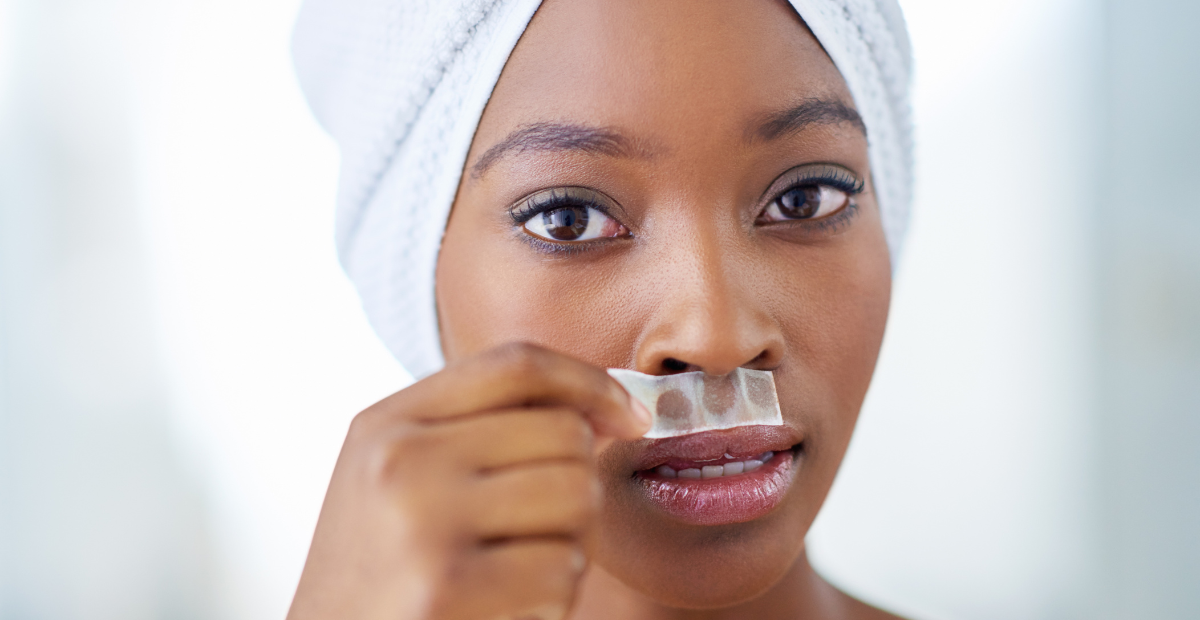
Silky-smooth skin is the preferred outcome after your waxing appointment. But more often than not, this isn’t the reality of the situation. A day or two after, your skin might develop a constellation of small red or white bumps. If this sounds familiar, you’re likely dealing with folliculitis after waxing.
Before you panic, take a deep breath. This is a fairly common issue, and it’s often easy to manage given that you know what you’re doing. Prevention is key because even the smallest changes can help you avoid developing a rash after waxing.
However, remember this: your skin is unique. If you’re ever in doubt, scheduling an appointment with your dermatologist is always a good idea.
What is folliculitis?
Folliculitis refers to the inflammation of a hair follicle. Those red bumps or whiteheads that appear after your Brazilian wax appointment? In most cases, they’re a symptom of pseudofolliculitis—a reaction that happens when the hair, weakened after the procedure, regrows sideways under the skin or curls and re-enters it.
But how’s that different from the regular folliculitis?
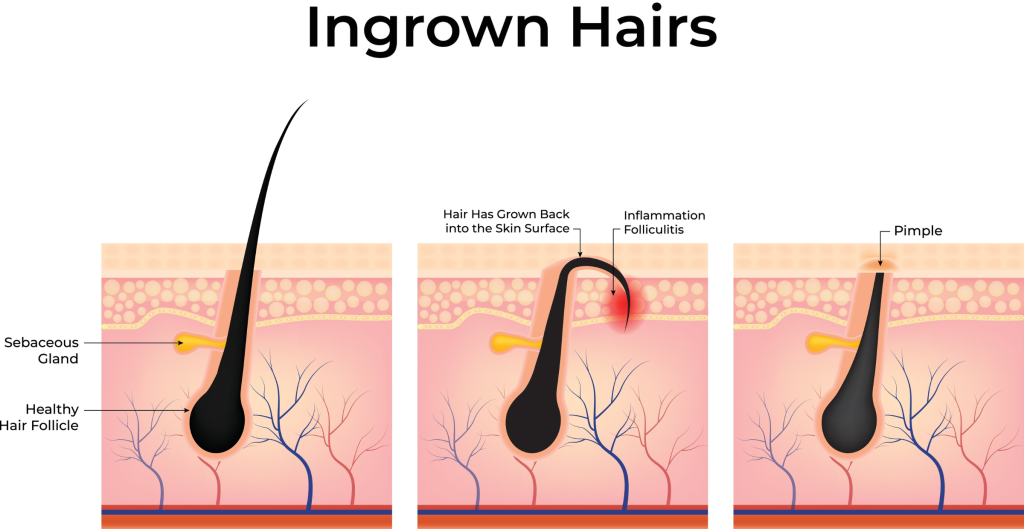
What you want to watch out for is infection. When you wax, you pull the entire hair shaft out from the follicle, which can create a tiny, open wound. The trauma irritates the follicle—and voilà—you end up with inflamed skin.
Often, this is a waxing rash or pseudofolliculitis that causes the red, solid bumps and ingrown hairs. At other times, however, bacteria can sneak into these compromised follicles and cause the bumps to fill with pus. Those white bumps can point to folliculitis, and they’re the result of your body’s immune system rushing to the site.
While anyone can get both folliculitis and pseudofolliculitis, the latter is far more likely to affect those with coiled or curly hair. This type of curl pattern helps the hair to easily curve back and re-enter the skin as it grows, causing inflammation.
What causes folliculitis
Red or white bumps after waxing are no one’s idea of a good time. Luckily, there are several easy-to-avoid, fairly obvious culprits for you to watch out for.
Let’s break down the usual suspects.
Friction and tight clothing
One of the biggest triggers is friction. If you put on tight clothing right after a wax, you create a perfect environment for those after-wax bumps to appear. You’re trapping sweat and bacteria against the skin, which can lead to—you guessed it—chafing and irritation.

Your skin and hair type
Your natural skin type and hair texture play a much bigger role than you might think. Curlier, coarser hair has a higher tendency to curl back into the skin as it regrows, leading to ingrown hairs that can trigger folliculitis after waxing, shaving, or any other hair-removing procedure.
The waxing technique itself
The skill of your esthetician matters. If the hair breaks off instead of being cleanly removed, it’s much more likely to become ingrown and lead to those frustrating late bumps after waxing that can pop up a week or so later. Proper technique is key.
Your post-wax habits
What you do after matters most! Sweating heavily from a workout or taking a hot bath too soon can open up those vulnerable follicles, inviting bacteria and potentially leading to more severe bumps and irritation.
How to prevent wax bumps
A few minor changes to your pre- and post-waxing routine can save you a lot of unnecessary stress. Folliculitis after waxing is much less likely to happen when you know exactly what you’re doing.
#1 Prep your skin gently beforehand
Preparation starts before the salon. Gently exfoliate the area at least 2–3 days before your appointment. This process can lift trapped hairs and remove dead skin.
Pro tip: Avoid exfoliating the day of your wax—you don’t want to make your skin too sensitive!
#2 Choose your waxing pro wisely
Don’t be shy about asking questions. A reputable technician will be happy to discuss how they make sure their process is safe and hygienic. Look for someone who uses gloves and never double-dips wax sticks. A pristine environment is non-negotiable.
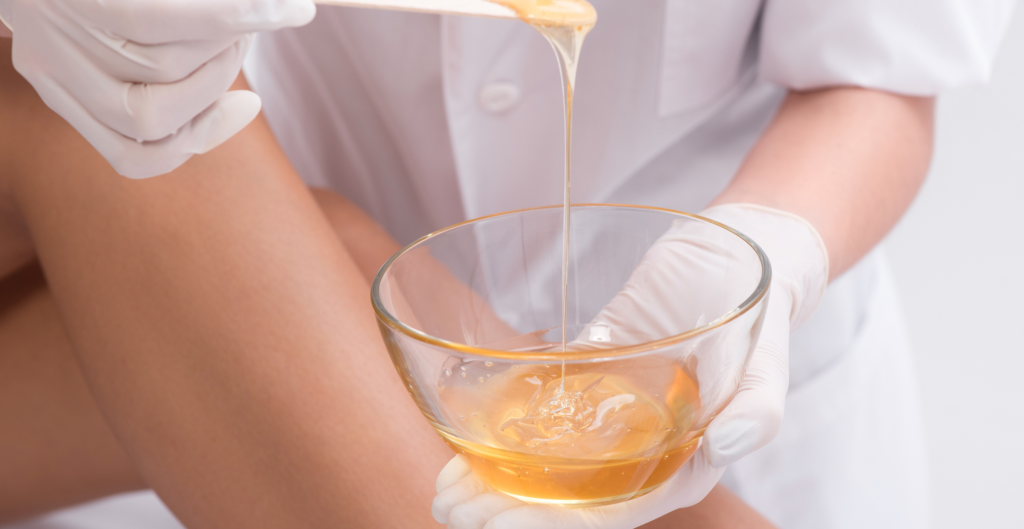
#3 Embrace loose clothing afterward
Your goal post-wax is to treat your skin gently. Wear loose, breathable cotton clothing to your appointment and for the next few days—this is the single best way to minimize friction and give your sensitive skin enough time to heal.
#4 Avoid heat and sweat
Give your skin a break. Move any plans that involve hot tubs, saunas, or intense physical activities like hikes or workouts for at least 48 hours. You don’t want sweat and bacteria settling into those open follicles!
Ways to deal with irritation
What if you did everything right, but your skin still got inflamed and irritated? Don’t pick, pop, or scratch!
Try these methods instead.
Step 1. Apply a cool compress
You first need to soothe the inflammation. Take a soft cloth, soak it in cool water, and gently apply it to the affected area. Hold it there for 5–10 minutes a few times throughout the day to reduce redness and irritation after waxing.
Step 2. Reach for soothing ingredients
For a more targeted approach, look for products with calming ingredients. Topical gels containing colloidal oatmeal, calendula, or pure aloe vera can provide fantastic relief from the itching after waxing. They help calm the skin without harsh chemicals.
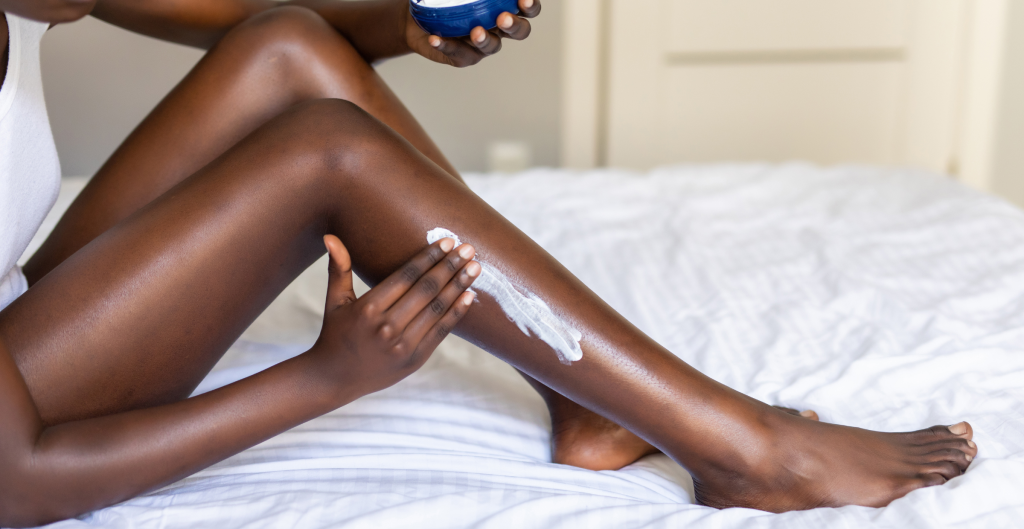
Step 3. Consider a spot treatment (with caution!)
You may find success with over-the-counter options that can speed up the natural turnover of your skin cells and encourage the ingrown hair to come out. A very small amount of a low-percentage benzoyl peroxide or glycolic acid product may help gently exfoliate the area.
However, if you do decide to do this, please be cautious, because this can be very drying! Always wait 2–3 days after waxing and do a patch test on a small area first. When in doubt, skip this step and talk to a doctor.
Step 4. Keep the area clean and dry
When you take a shower, make sure to use lukewarm water and a gentle, fragrance-free cleanser. Afterward, gently pat the area dry and try to keep it dry throughout the day. Don’t rub. Let the skin breathe.
If you notice the situation worsening, please schedule an appointment with a dermatologist.
Final thoughts
Being proactive is the best way to deal with folliculitis after waxing. Remember the four steps: gentle pre-wax prep, a skilled technician, spot treatment (if your skin can handle it), and a post-wax routine with loose clothing and no heat. If bumps appear, resist picking, choose soothing ingredients, and know when it’s time to get help.
- Ingrown Hair. (2025). https://www.webmd.com/skin-problems-and-treatments/ingrown-hair-causes-symptoms-treatment
- The efficacy of colloidal oatmeal cream 1% as add-on therapy in the management of chronic irritant hand eczema: a double-blind study. (2020). https://pmc.ncbi.nlm.nih.gov/articles/PMC7103792/#S0005
- Ingrown Pubic Hair. (2024). https://my.clevelandclinic.org/health/diseases/ingrown-pubic-hair
FAQ
-
Where do I start with OnSkin?
Download the app and think of a product you’d like to know more about. Then, go to the main screen and choose how you’d like to get the info —by manually looking it up in the search bar, by scanning its barcode, or by simply taking a picture of the packaging. Once you’ve done any of these, you can see how safe the product is and if it suits your skin or hair (if this analysis is available).
-
What is Safety Rating, and how is it calculated?
In OnSkin, we base product rates on ingredients. Each is closely studied by our medical team and then evaluated. This way, each product gets a score from 0 to 100, with 100 as the safest level.
Safety Levels
- Excellent (76–100)
- Good (51–75)
- Not great (26–50)
- Bad (0–25)
These scores are backed by the latest scientific studies. You can find links to the resources we’ve used on each ingredient page. To assess the safety of product ingredients, we evaluate them according to the following parameters/criteria
- Endocrine disruption risk / Reproductive toxicity
Indicates the probability of mimicking, blocking, or interfering with the body hormones.
- Сarcinogenicity
Measures the potential risk of inducing cancer.
- Allergy risk
Estimates the probability of an allergic reaction.
- High concentration alert
Determines the risk of being unsafe in certain amounts.
-
What is Skin Match?
Based on the info you input about your skin type, age, skin care goal, and other “settings,” OnSkin checks how well a product is tailored to your unique skin needs — it’s basically like a dermatologist helping you find the right products, minus the fees and the long wait. The product you’re checking might be labeled as It’s a match!, Hit-or-miss, or Not a match for you. The app also detects ingredient groups such as Anti-acne, Anti-inflammatory, Moisturizes, May be drying, Comedogenic, and others — by tapping one, you see exactly what ingredients from this or that group are in the product.
-
I seem to have a problem with using the app. Who should I contact?
Please reach out to us at [email protected], and we’ll carefully look into your issue. Your ideas for improving the app are also very welcome!
-
Do you have an Android version?
Not yet! Hey Android users, we hear you, and we're thinking about making an Android version, but we haven't started the development yet.
Tracker Sent!
It’s on the way to your inbox.


